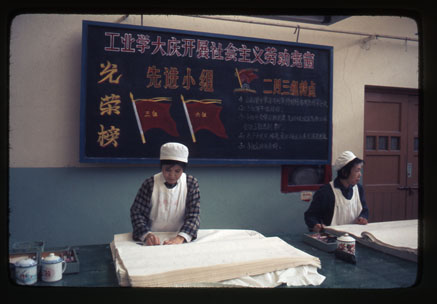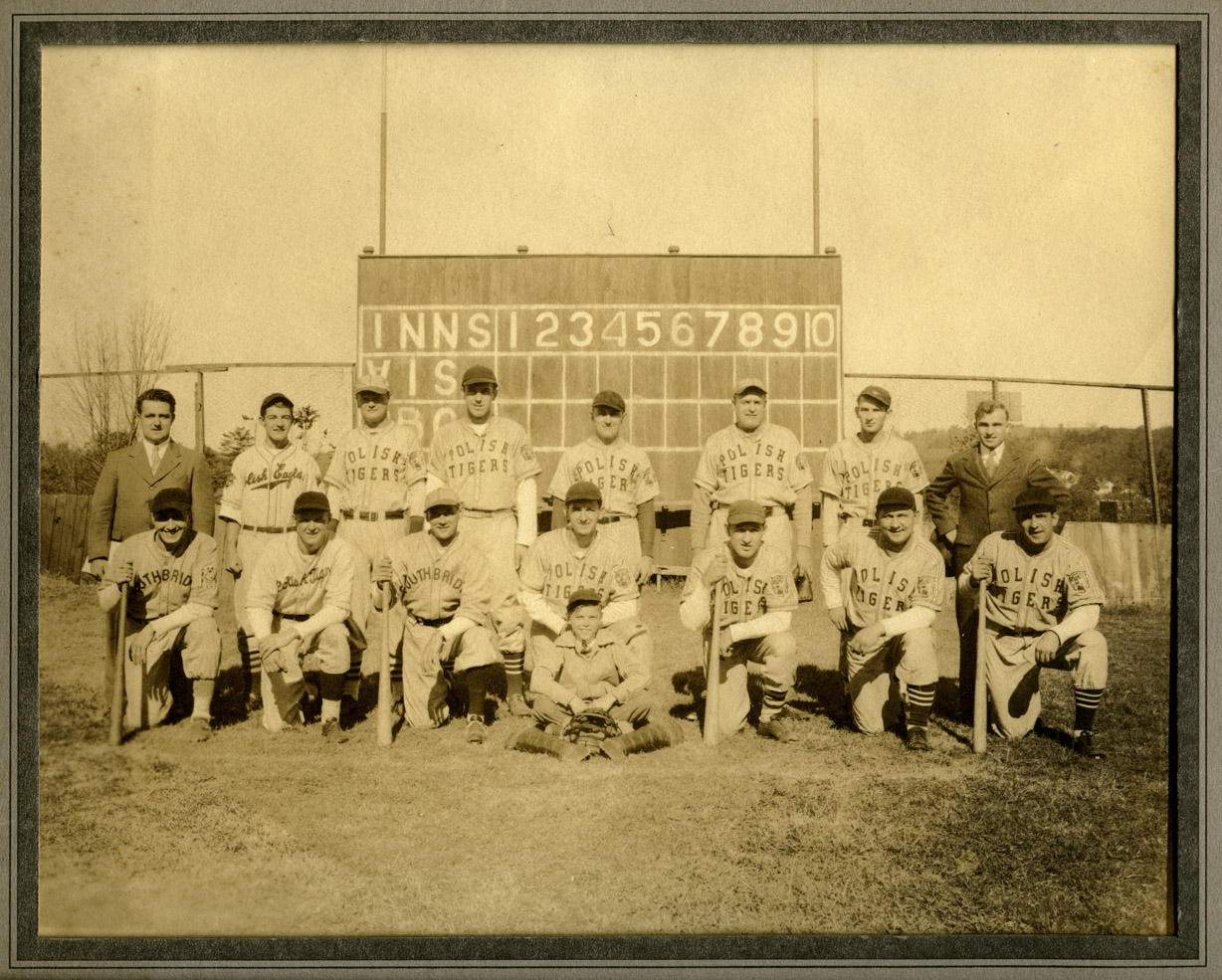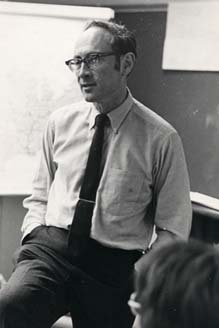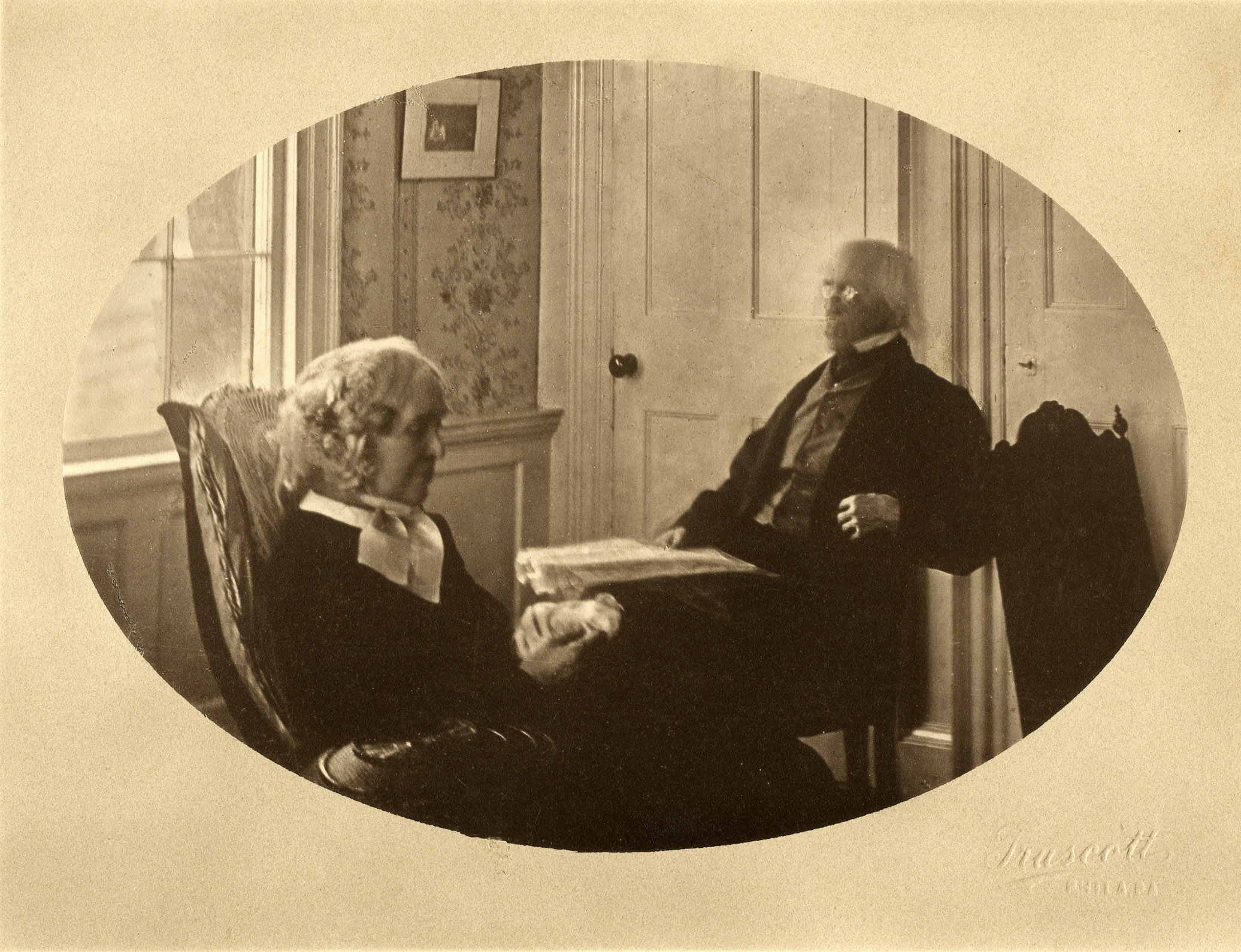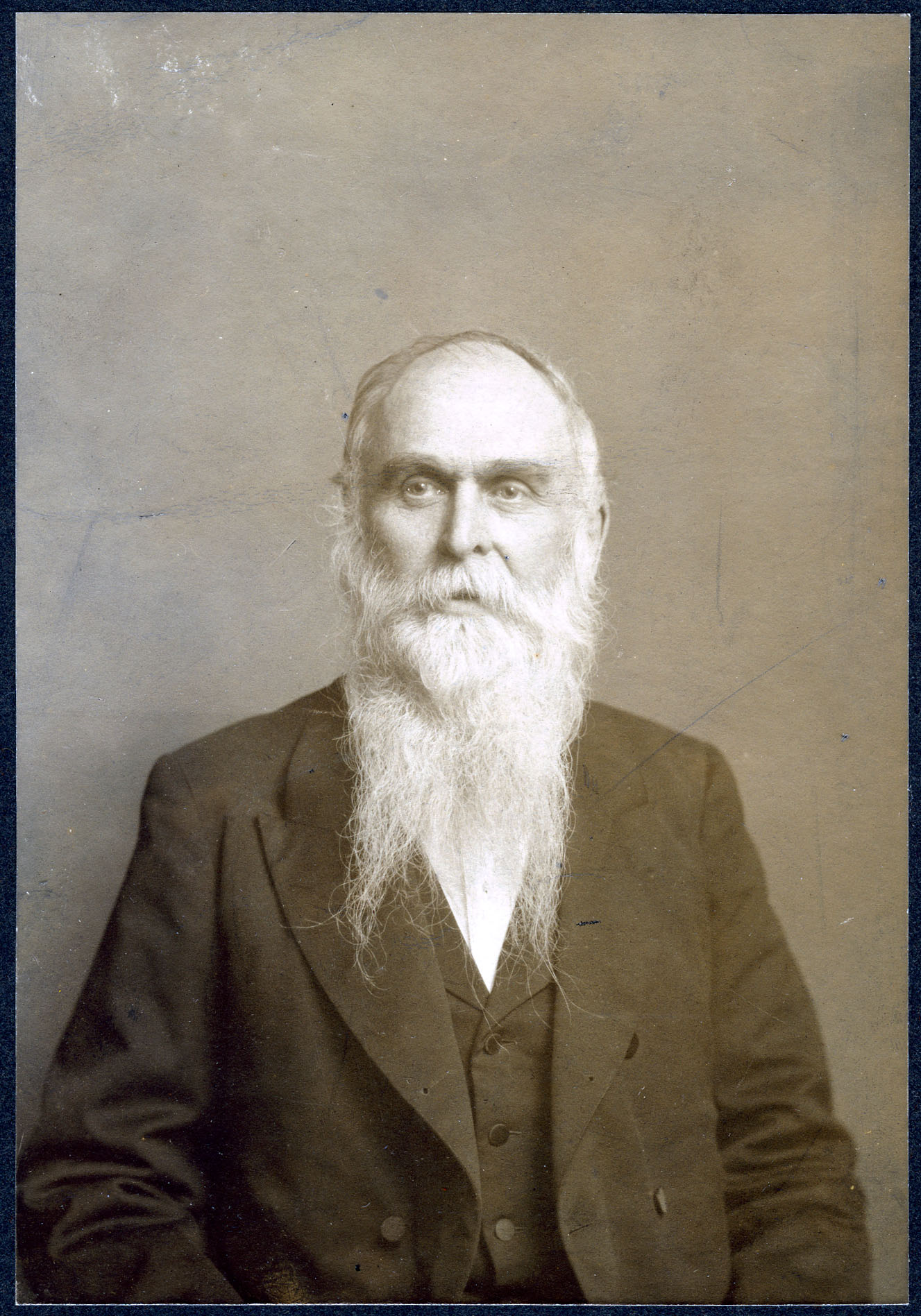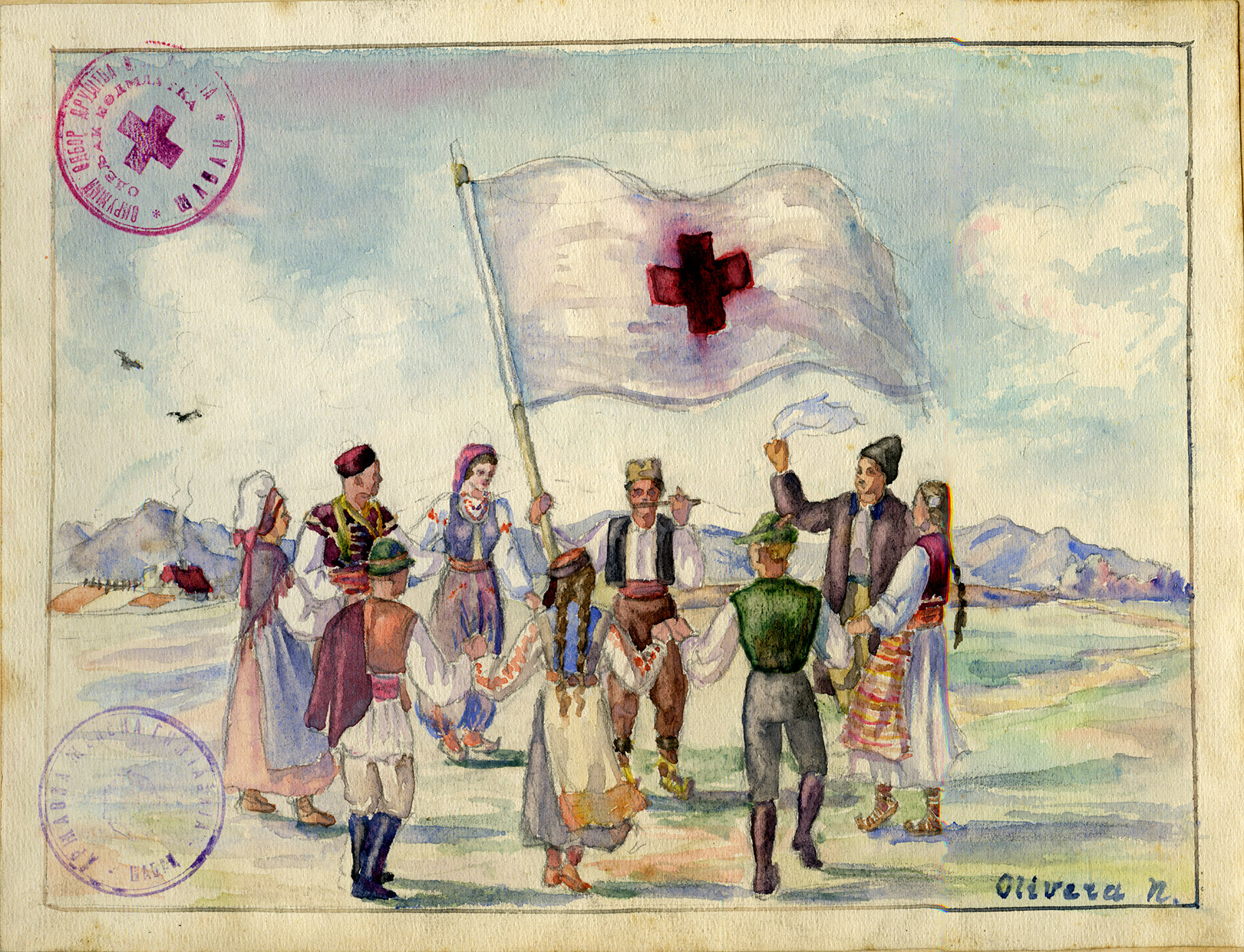Gertrude M. Lewis Papers

Overcoming a deeply impoverished childhood, Gertrude Lewis struggled to build a career in education, putting herself through college and graduate school. At the age of 32, she earned a bachelor’s degree from Ohio State, continuing on to a masters degree at New York University (1933), and finally, at age 51, a PhD from Yale (1947). For many years after receiving her doctorate, Lewis was employed as a Specialist for Upper Grades with the U.S. Office of Education in Washington. Among other career highlights, Lewis spent two years in Japan (1950-1951) as a Consultant in Elementary Education in the Education Section of the Allied Occupation government (SCAP). Lewis outlived her life partner, Ruth Totman, dying at home on December 10, 1996, a few months after her one hundredth birthday.
The Lewis Papers document the work and life of an educator of the masses, a traveler of the world, and a woman of the twentieth century. Documents pertaining to her work as an educator of both young students and veteran teachers show the changes within the theory and practice of pedagogy over time, over various geographic locales, and also highlight her role in that change. This collection also documents the numerous on-going side projects on which Lewis worked, including fostering creativity in schoolchildren, a biography of Franklin D. and Eleanor Roosevelt, and her own poetry and prose.


